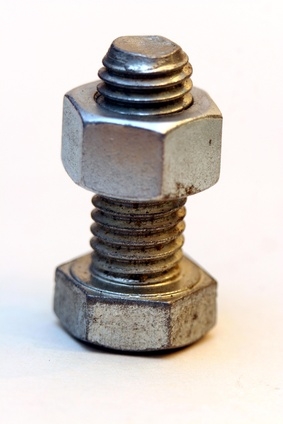
Every vehicle contains many bolts, and certain bolts require very specific amounts of torque. The Dodge Neon is no different than any other vehicle in this area. The torque rating on a bolt is calculated mostly on the bolt's strength, but also thrown into the equation is gasket sealing capabilities, moving parts and future disassembly. Proper torque is achieved only by using a torque wrench that produces an audible signal, typically a click, when the proper torque is reached.
The engine's cylinder head is very sensitive to both torque values and process. The cylinder head uses the head gasket to seal the area where the head meets the engine. This gasket is the main reason the proper torque values and processes are exact. The final torque value of all of the cylinder head bolts is 50 foot-pounds.
Two sets of bolts of the braking system on a Neon require specific torque. The four caliper bolts, two on each side, require a final torque value of 16 foot-pounds. Brake caliper torque is important, as the caliper must be tight enough not to shake loose, but it must be loose enough so it is not difficult to remove on the next repair. The two brake hose bolts, commonly called banjo bolts, require a final torque value of 18 foot-pounds. The brake hose torque is extremely important, as there is a brass, crush-style, washer that requires this torque so it can expand and properly seal.
Lug nut torque is very important, as the wheel requires enough torque to keep it attached, but not too much to where the wheel studs are stretched. It is very common for inexperienced mechanics to simply tighten the lug nuts as hard as possible. This is nearly as bad as leaving them loose, as the stud threads stretch, compromising the strength, then they can break. If multiple studs break, this can cause the entire wheel to fall off of the vehicle. The proper lug nut torque value is 100 foot-pounds on a Neon.
Suspension bolts are very sensitive to bolt torque, as they endure a lot of abuse from hitting bumps and also require some freedom to move. The four lower control arm bolts (two on each side) require 120 foot-pounds of torque. The ball joints each have one nut that requires 70 foot-pounds of torque. Lastly, the sway bar links both require 21 foot-pounds of torque each.